One of the innovative solutions in this realm is the use of finned tubes, a technology that significantly enhances heat exchange efficiency.

Understanding Finned Tubes
Finned tubes, also known as finned heat exchangers or finned coil heat exchangers, are a specialized form of heat exchanger that maximizes the surface area available for heat transfer.
The concept is simple yet ingenious: by attaching fin-like structures to the outer surface of a tube, the effective heat exchange area is dramatically increased.
This augmentation in surface area allows for more efficient heat transfer between the fluid flowing through the tubes and the surrounding environment.
Mechanisms of Heat Transfer Augmentation
The enhancement of heat transfer efficiency through finned tubes relies on two primary mechanisms: conduction and convection.
The fins increase the surface area in contact with the fluid, thereby promoting better heat conduction.
Moreover, the extended surface area amplifies convective heat transfer, as the increased surface area interacts with the surrounding fluid, expediting the heat exchange process.
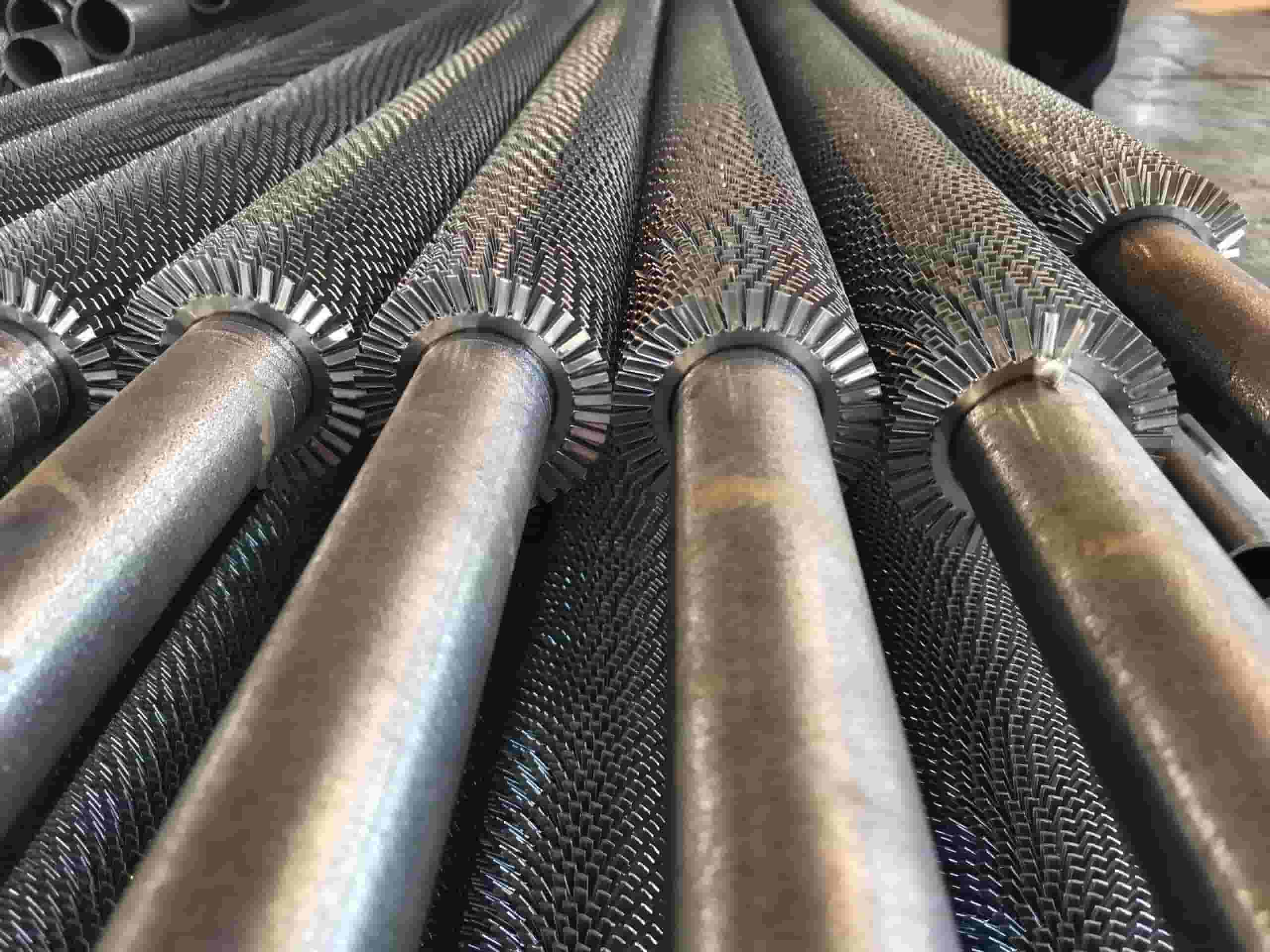
Applications across Industries
The applications of finned tubes are extensive and span various industries.
In air conditioning and refrigeration systems, finned tubes are commonly used in evaporator and condenser coils. They facilitate efficient heat exchange between the refrigerant and the surrounding air, enabling effective cooling or heating as required.
In industrial processes, such as oil refining and chemical manufacturing, finned tubes are integral to heat exchangers that manage the temperature of various fluids involved in the production process.
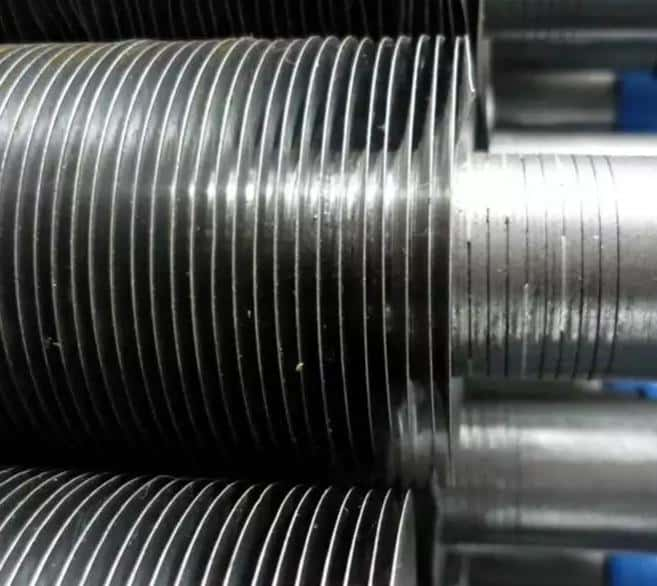
Energy Efficiency and Environmental Impact
The implementation of finned tubes in heat exchange systems contributes to energy efficiency, which, in turn, reduces operational costs and environmental impact.
By enhancing heat transfer efficiency, finned tubes enable systems to achieve the desired temperature with less energy consumption.
This is particularly crucial in large-scale applications where energy savings can be substantial, ultimately lowering greenhouse gas emissions and fostering sustainability.
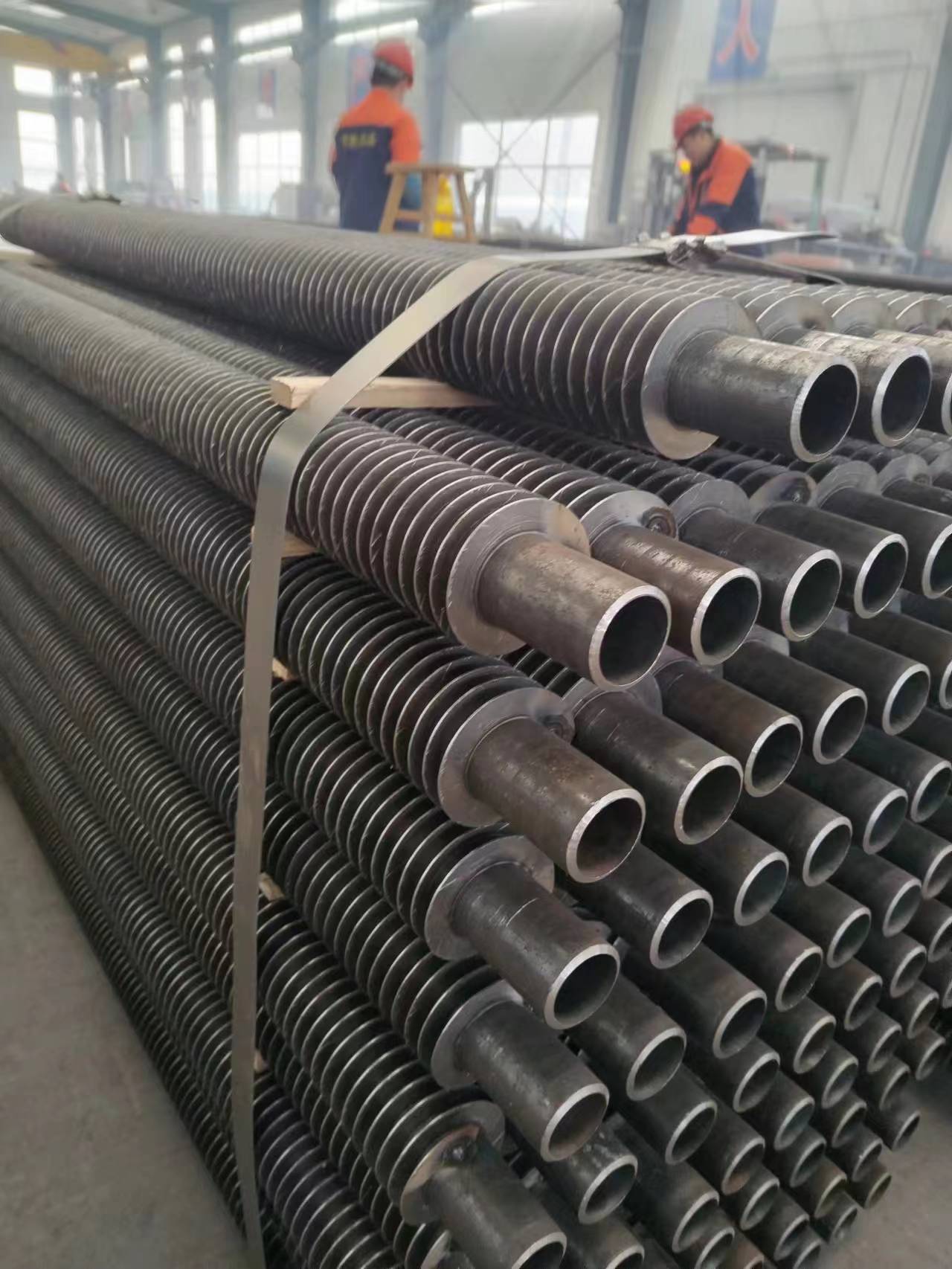
Challenges and Considerations
While finned tubes offer numerous advantages, their design and implementation require careful consideration.
Factors such as fin geometry, material selection, fluid properties, and fouling potential must be taken into account to ensure optimal performance.
Additionally, maintenance practices are crucial to prevent fouling or corrosion of the fins, which can diminish heat transfer efficiency over time.
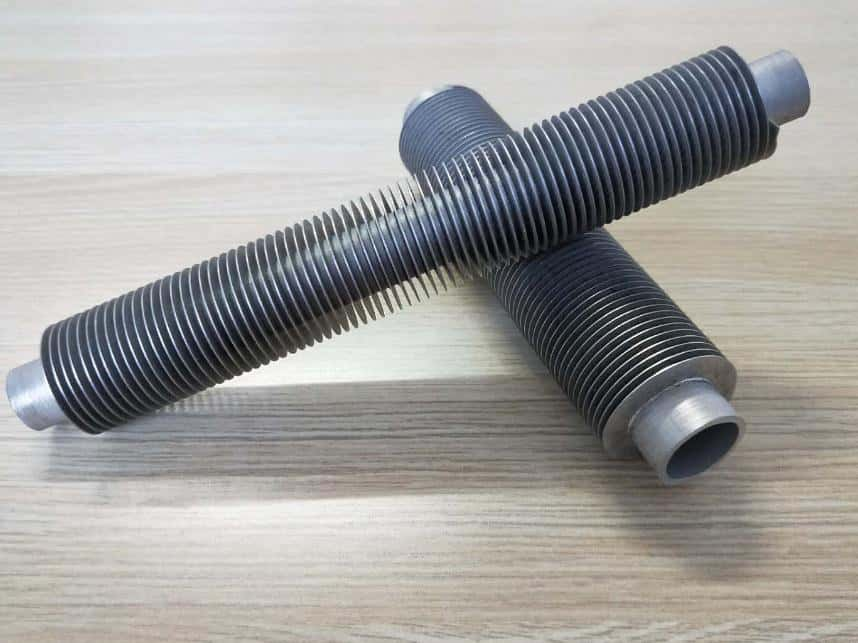
Future Directions and Innovations
As technology advances, new innovations are emerging in the realm of finned tubes.
Researchers and engineers are exploring advanced fin designs, such as wavy or helical fins, which could further enhance heat transfer efficiency.
Computational fluid dynamics (CFD) simulations are being employed to model and predict the performance of finned tube heat exchangers under various conditions, enabling more precise design optimization.
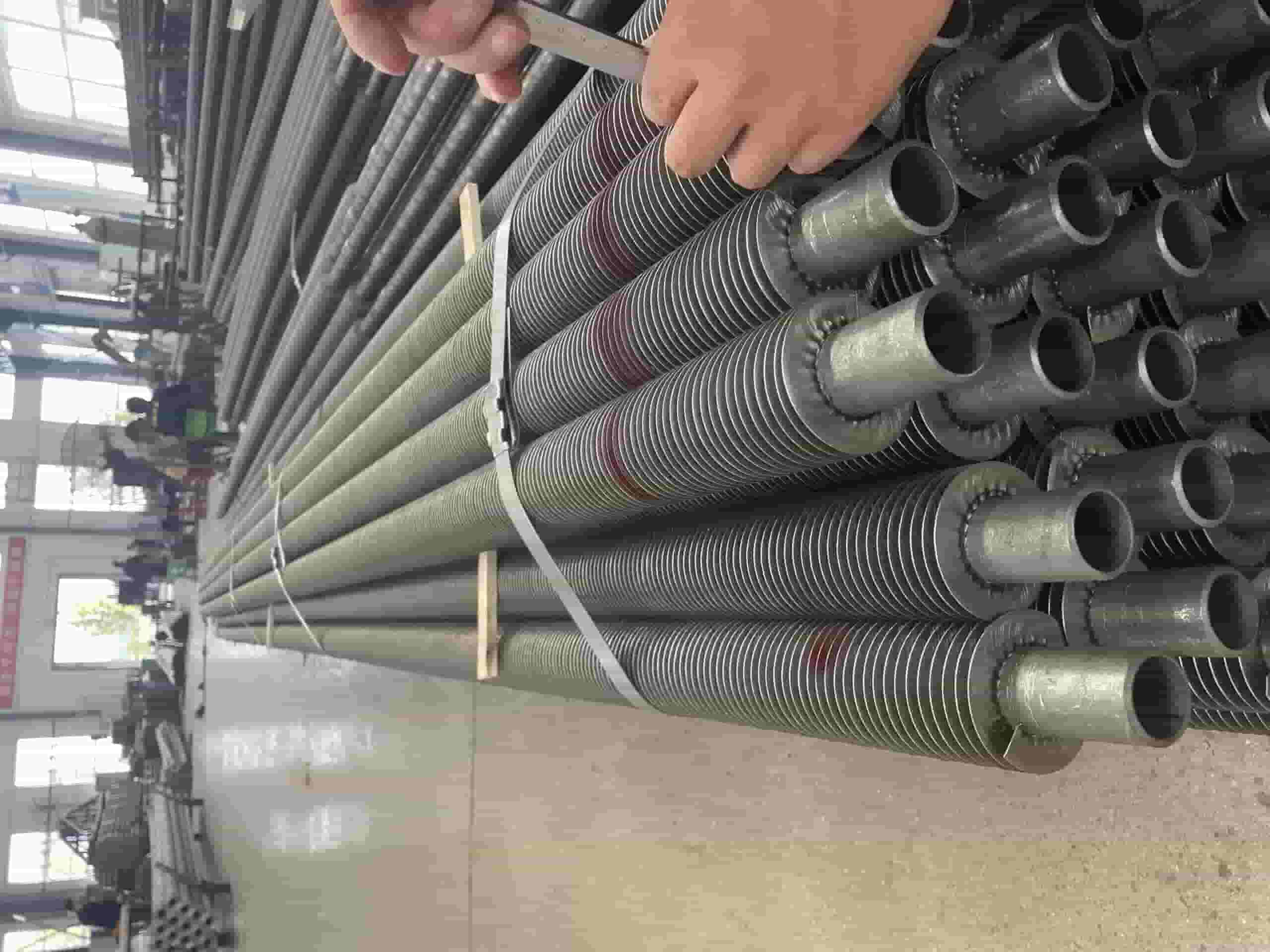
Conclusion
Finned tubes stand as a testament to human ingenuity in optimizing heat transfer for diverse applications.
Whether it’s in industrial processes, energy production, or everyday comfort, the integration of finned tubes brings about remarkable improvements in efficiency and sustainability.
As industries continue to prioritize energy conservation and environmental responsibility, the role of finned tubes in enhancing heat transfer efficiency is set to expand, shaping a future where efficient thermal management is the norm rather than the exception.
